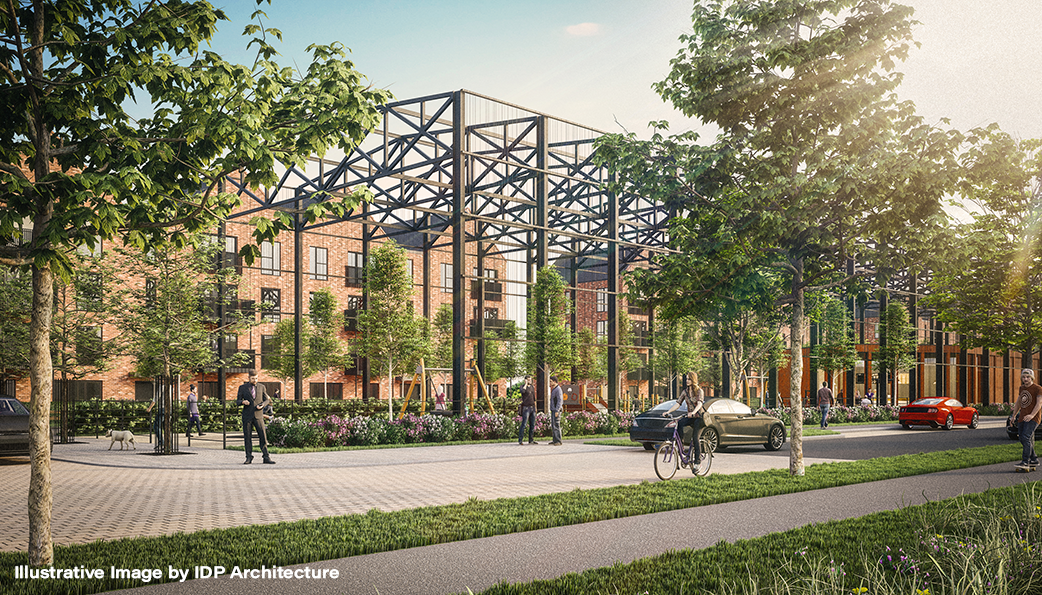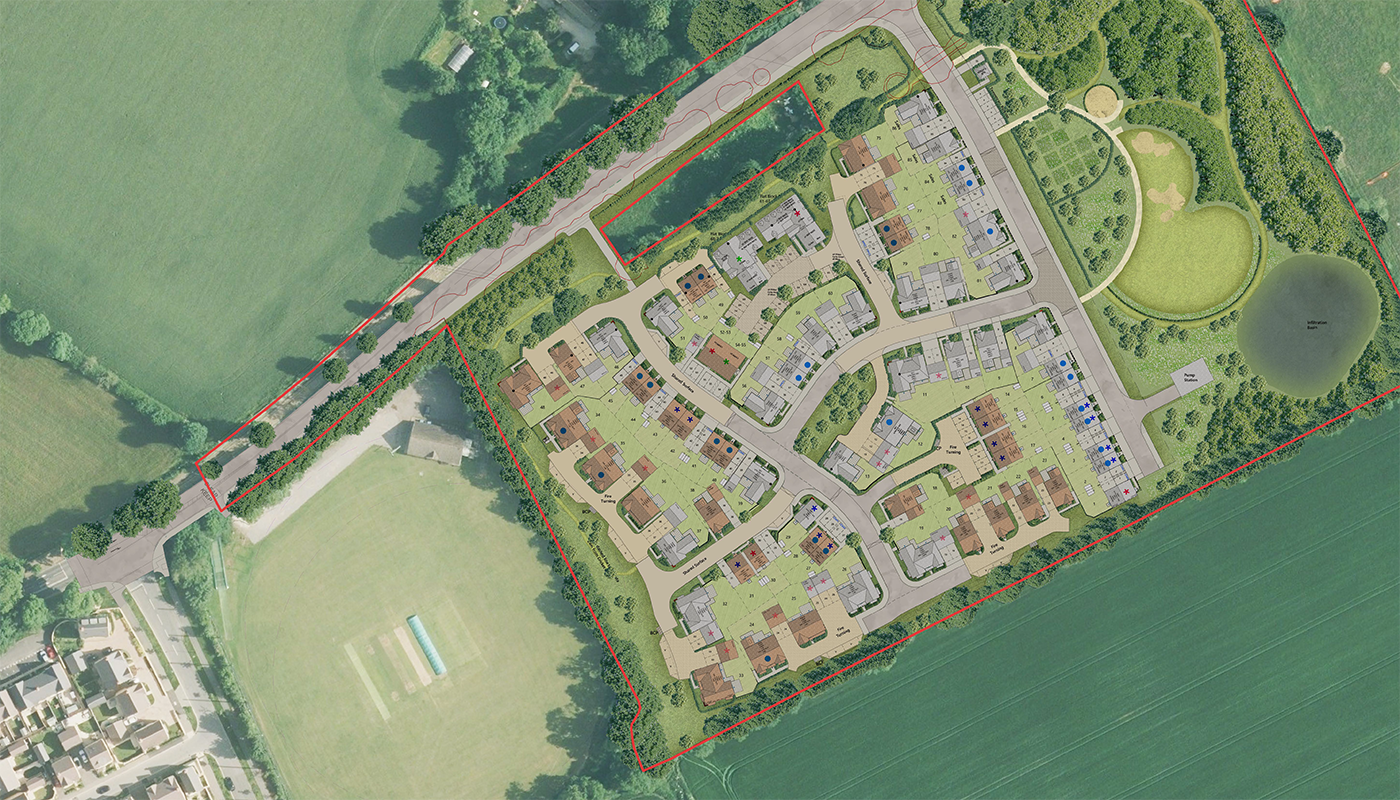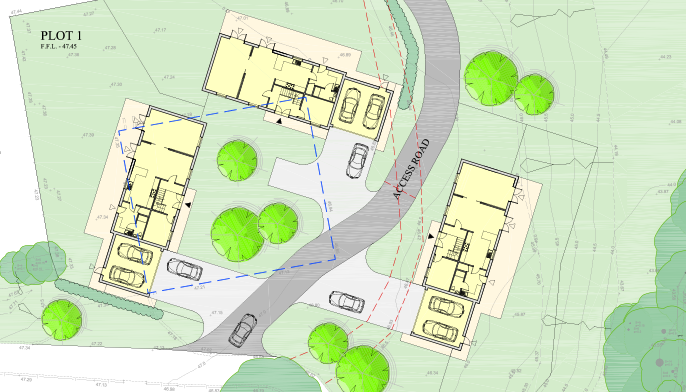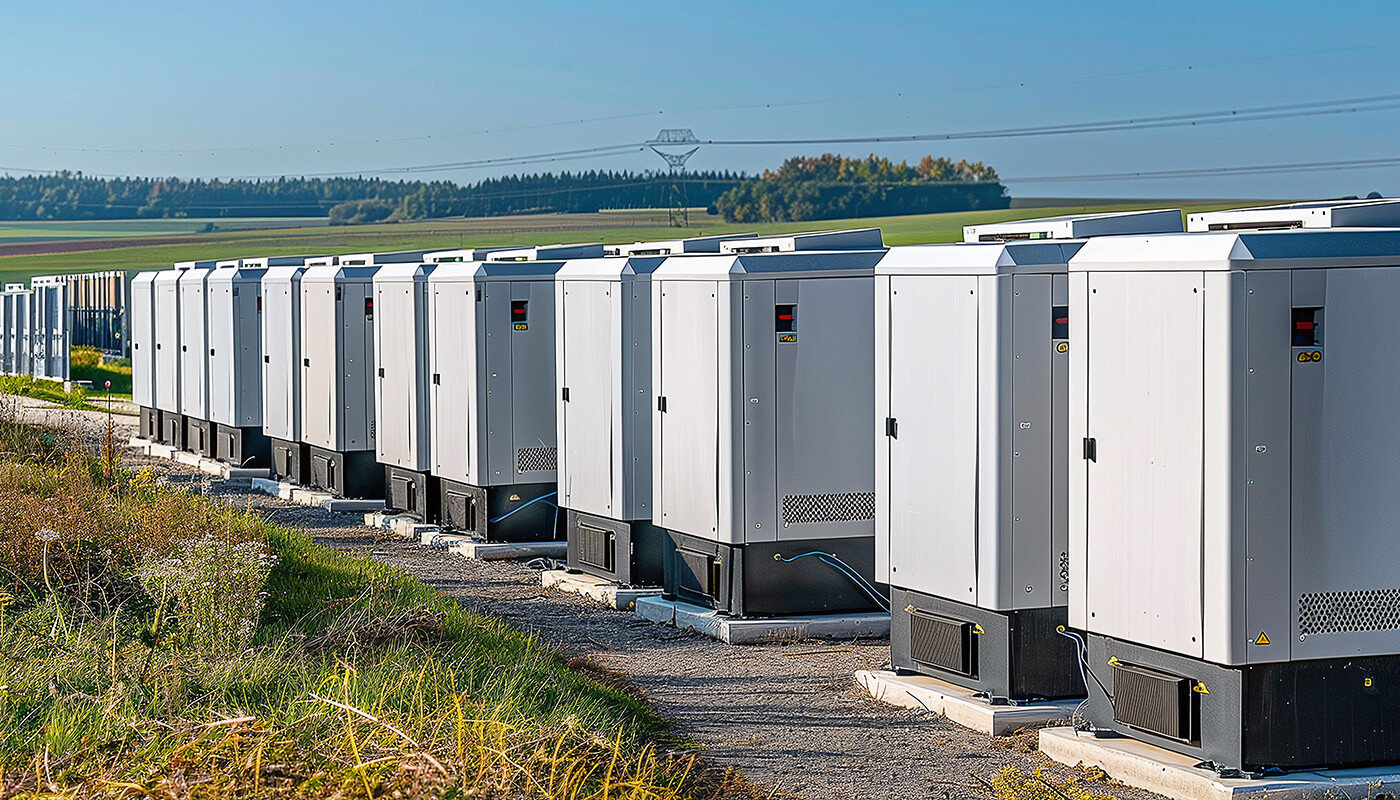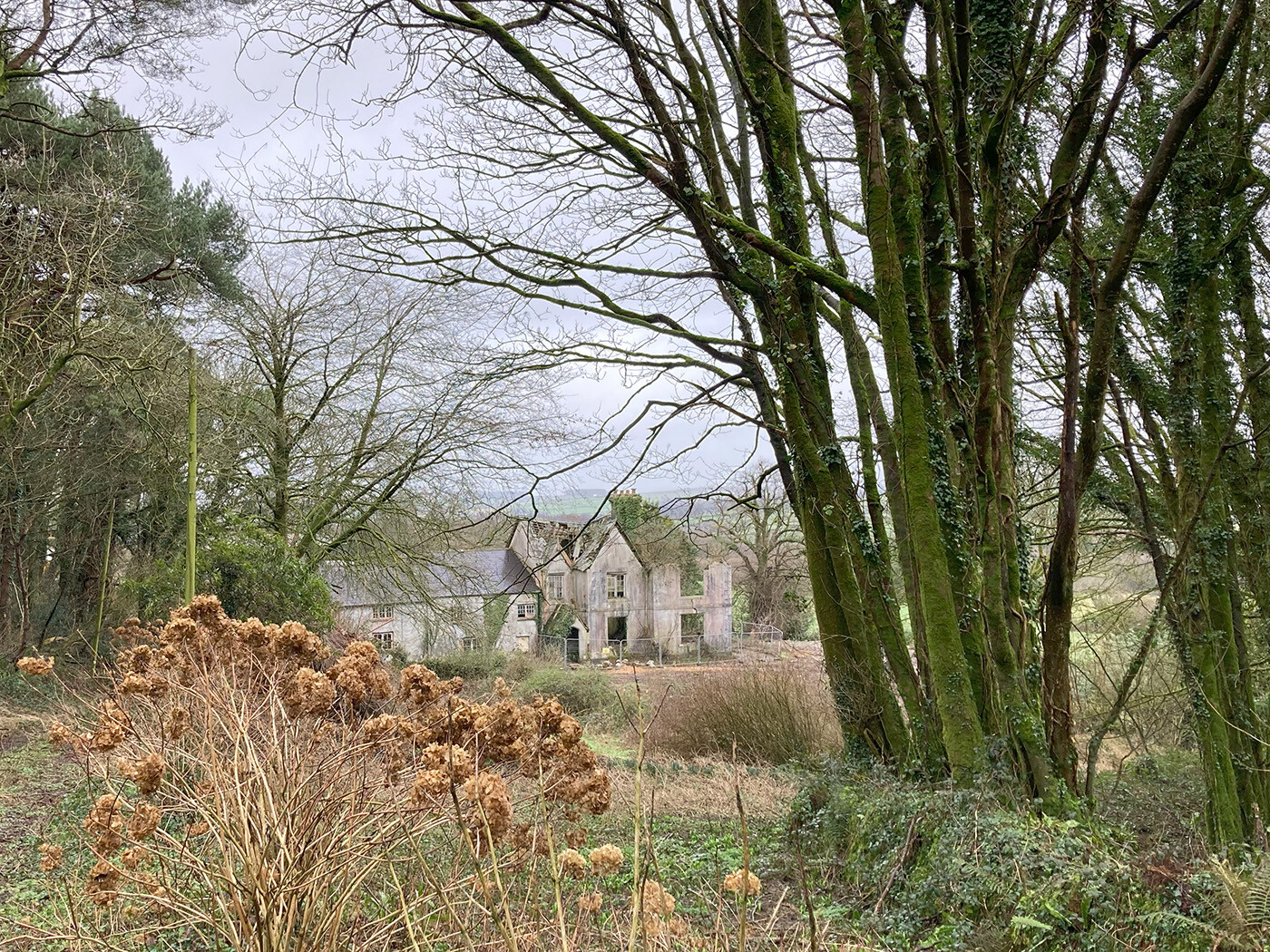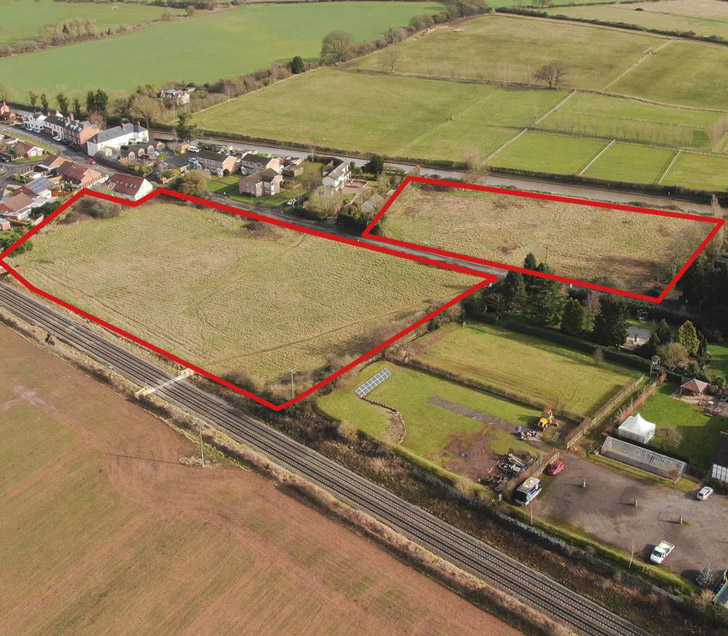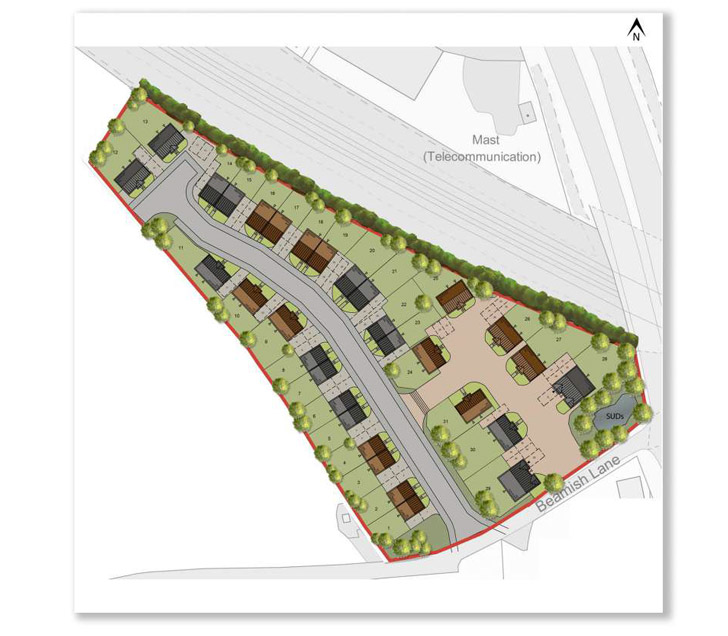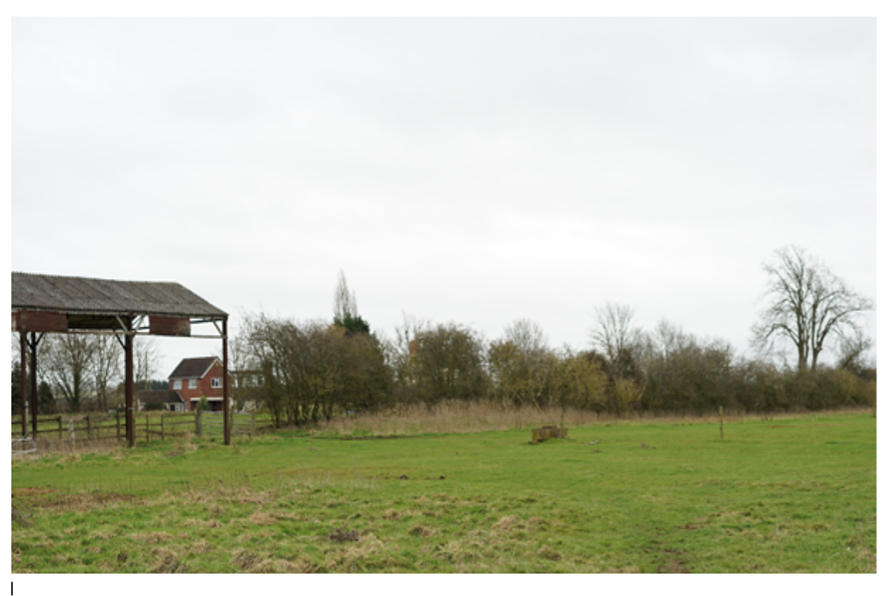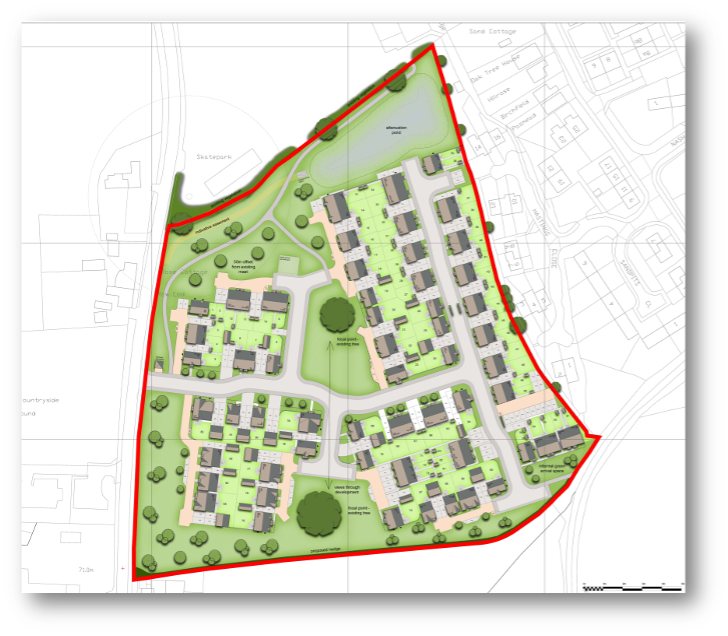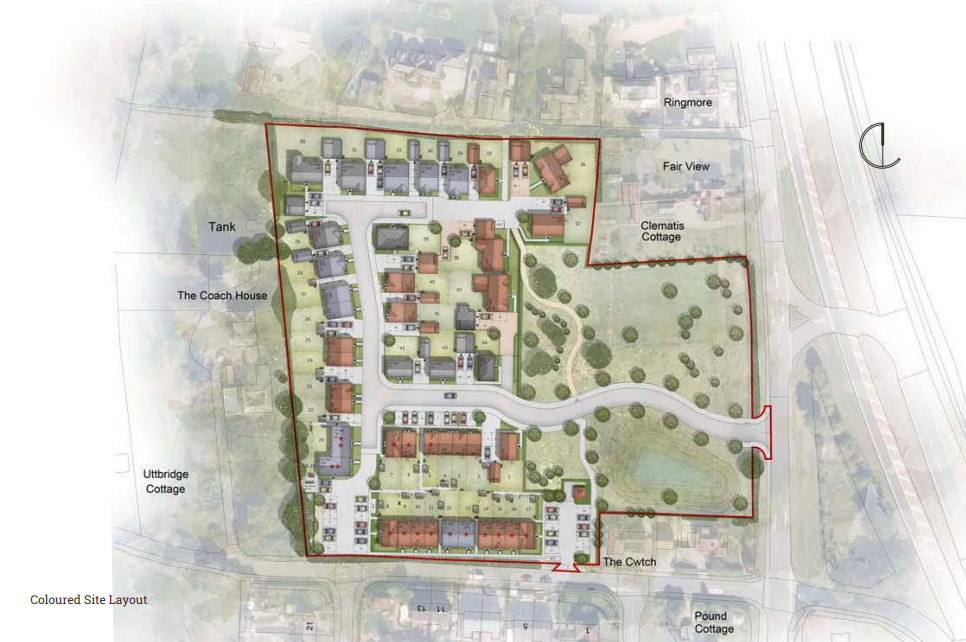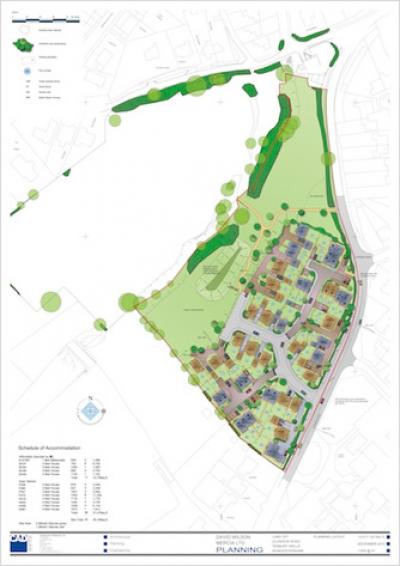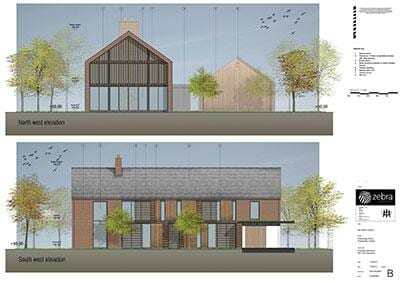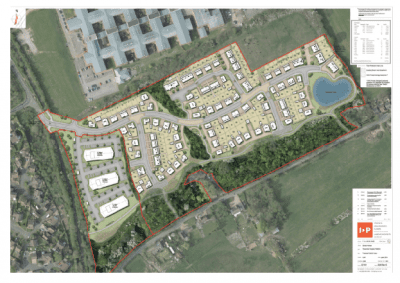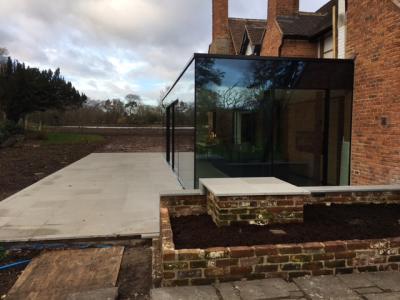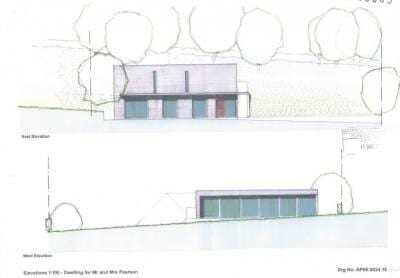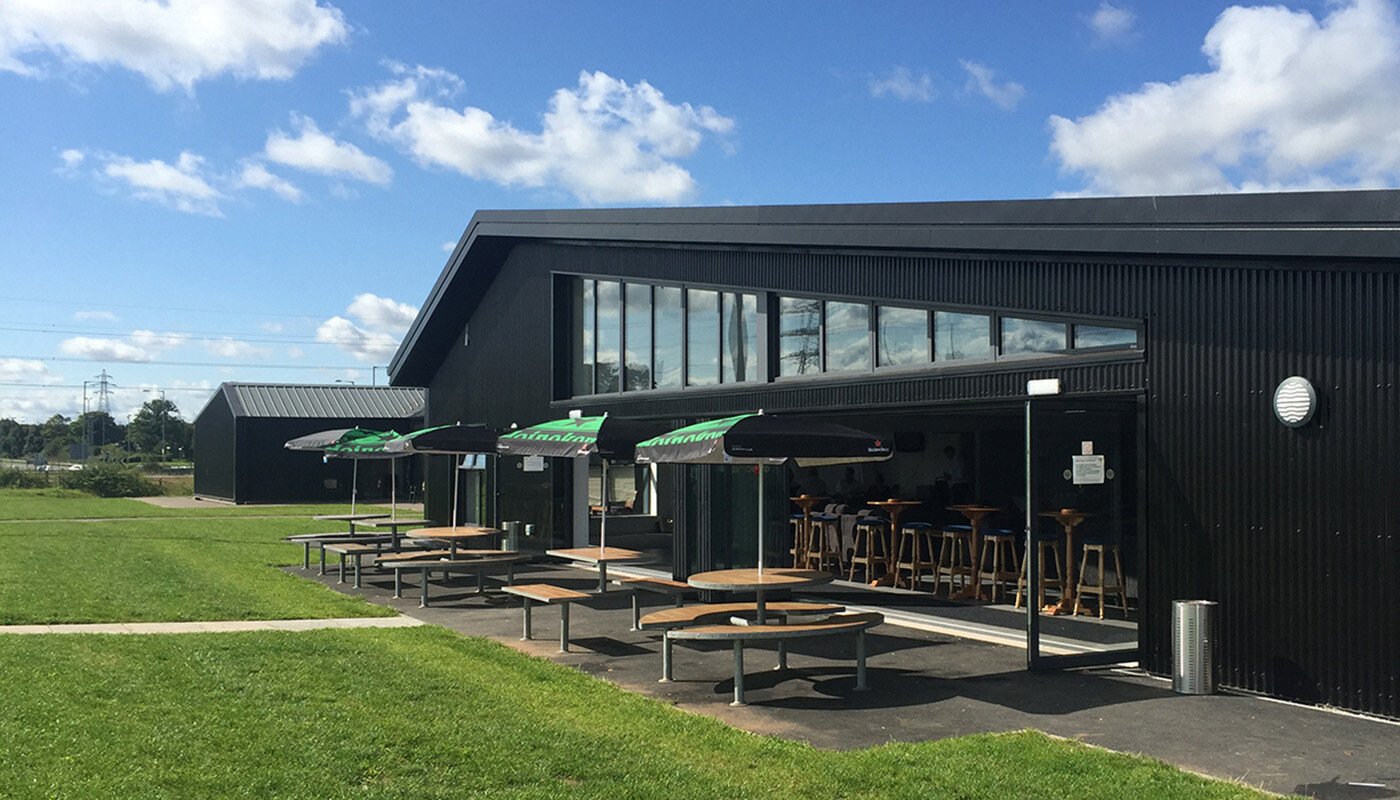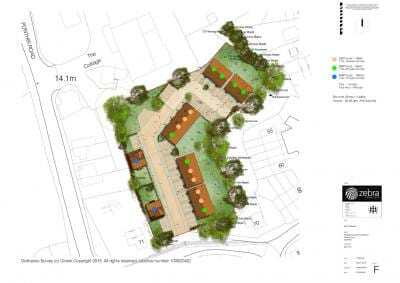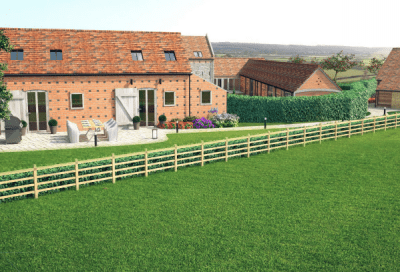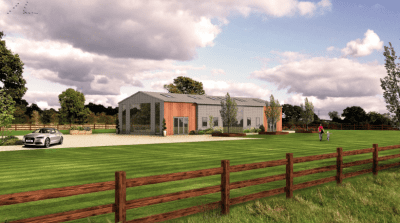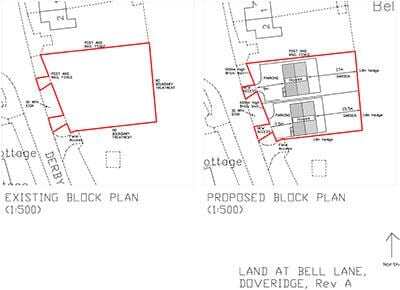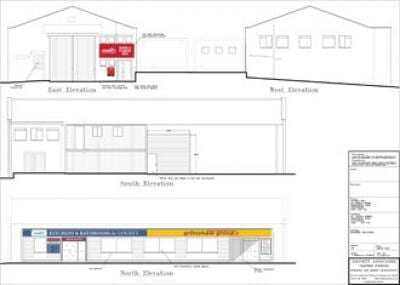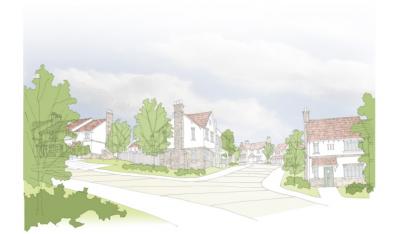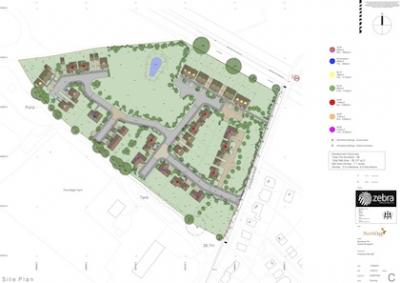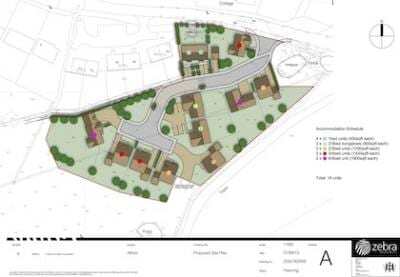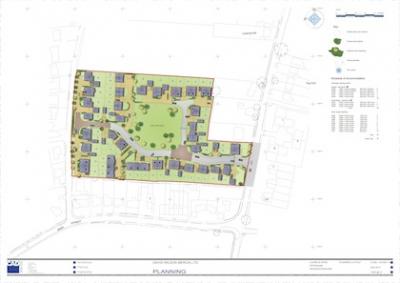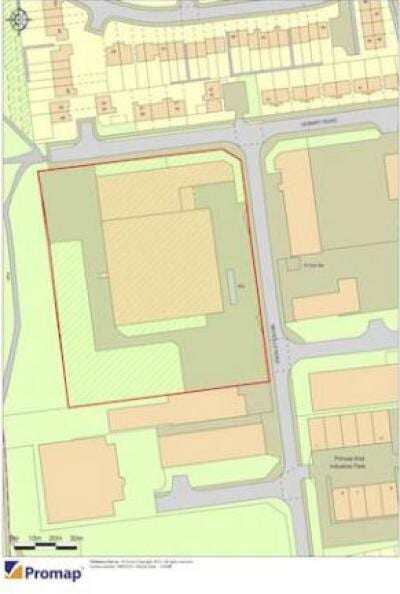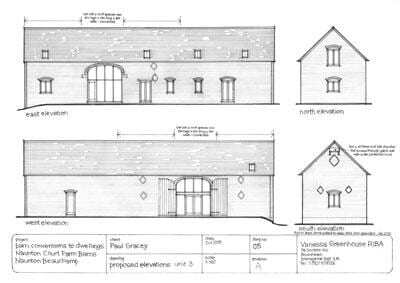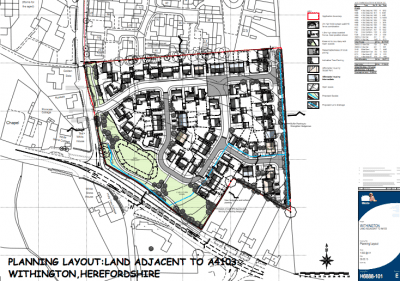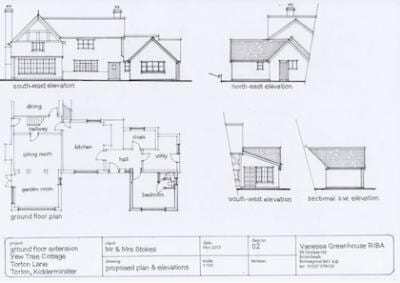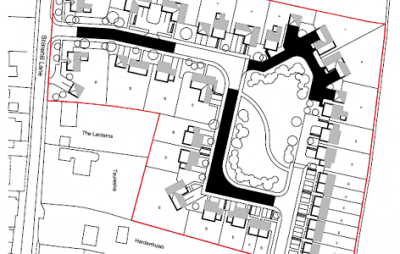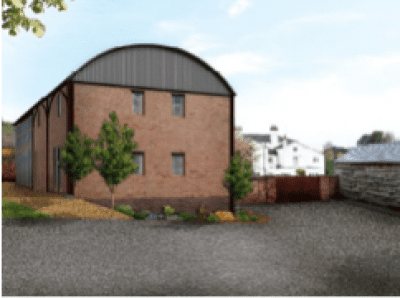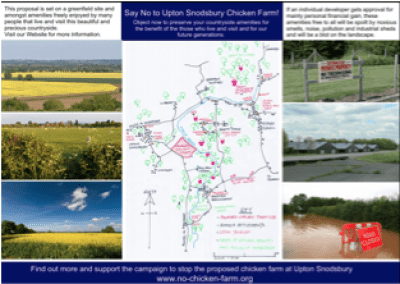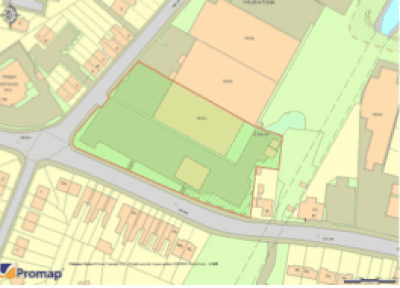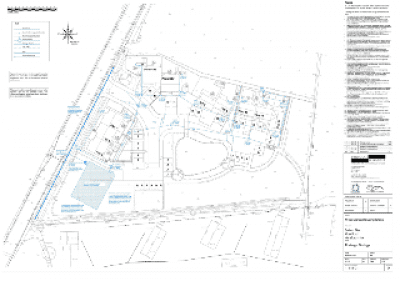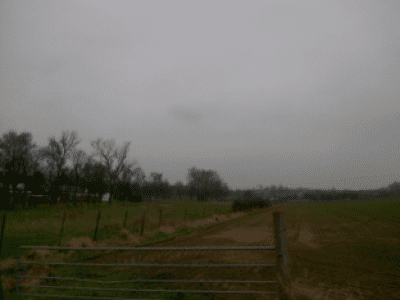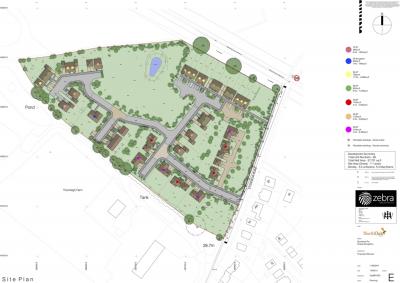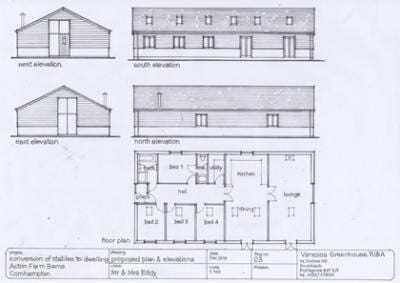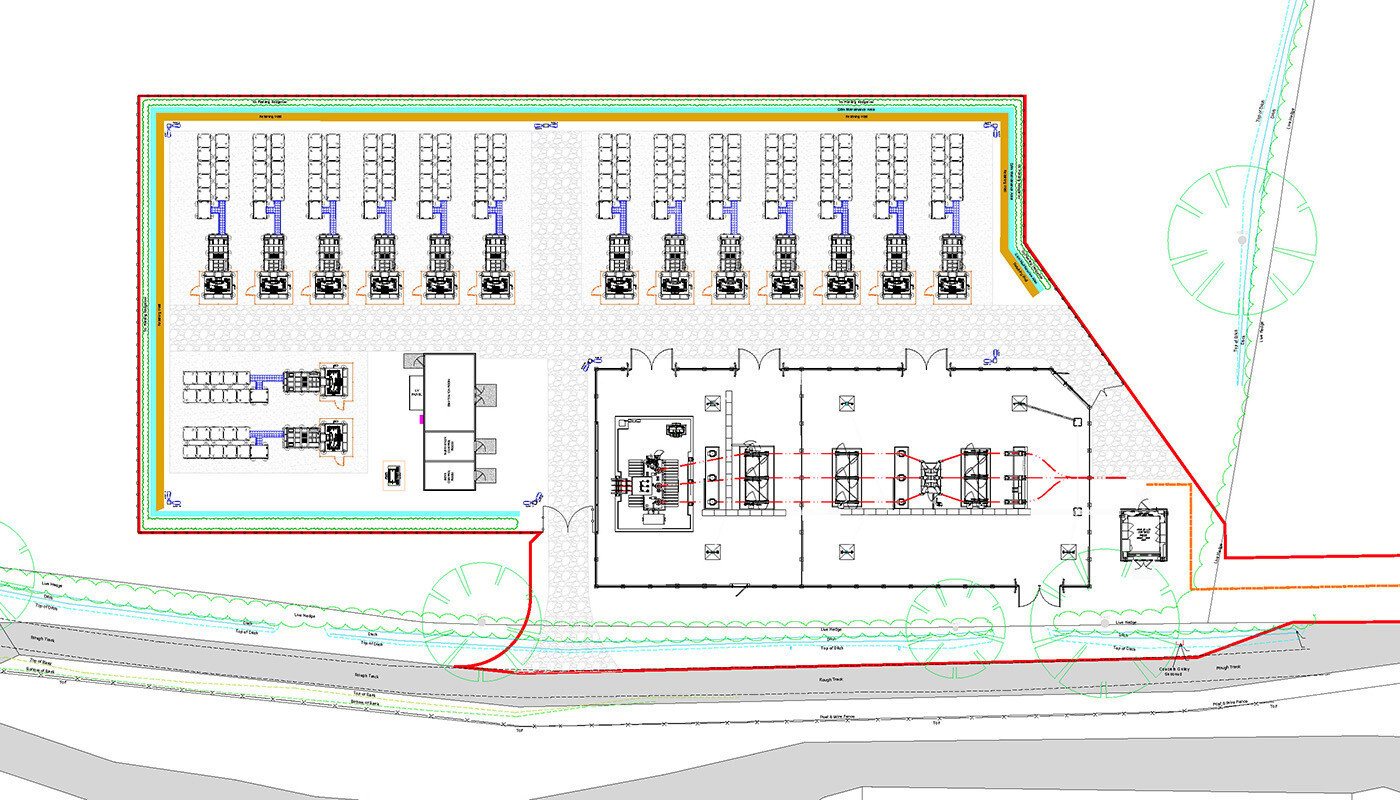Services we provide at RCA
About
Services
RCA are a general planning practice offering a wide range of planning services for developments which include residential and care; energy infrastructure; commercial and industrial; agricultural; retail and leisure uses (or a mix). We act for developers, landowners, housing associations, community groups and individuals.
Our project management skills are second to none, and you can leave it to us to keep your projects on track.
View ProjectsRCA are experienced in producing retail impact assessments for relevant developments and can provide stand-alone reports to support applications and appeals.
We also produce sequential site analysis reports to support developments that may be affected by flood risk issues, which give a comprehensive assessment of alternatives within an agreed area of search. These reports can then be used to support applications and appeals.
View ProjectsRCA have experience of offering support in the preparation of Neighbourhood Plans at all stages, including housing needs assessments and open space assessments. We can provide discrete elements of work, as well as the preparation of a whole plan to whatever specification you require. Give us a call and we will be happy to talk through your requirements on a no obligation basis.
View ProjectsRCA are specialists in the negotiation of Section 106 agreements and affordable housing viability assessments for individual sites. We regularly undertake this type of work for both local planning authorities and private sector developers and where we work for private sector developers, we can assist in making non-viable schemes viable by demonstrating the impact of planning obligations upon scheme viability.
Community Infrastructure Levy (CIL)
More recently, the emergence of the Community Infrastructure Levy (CIL) has created a tension between the prioritisation of different forms of planning obligations, where CIL charging schedules are in place. However, many local planning authorities are still in the process of preparing both district-wide affordable housing viability assessments and CIL charging schedules and this is one area where RCA can assist in the production of these strategic level reports.
View ProjectsRCA Regeneration has the skills and experience to provide a wide range of strategic planning services including undertaking strategic housing land availability assessments on behalf of local planning authorities. Additionally, we offer a review of these types of documents on behalf of our housebuilder clients who are seeking to promote their sites through the development plan process, and the preparation of area-wide employment land studies for local planning authorities to inform the preparation of economic and employment policies in their development plans.
The provision of these types of services can be provided independently or in co-operation with other specialist consultancies with whom we have strong networks, such as property agents, research organisations and civil and structural engineers.
RCA are currently working on major promotional projects that would deliver over 2,000 new homes and employment floorspace at the following locations:
- Kidderminster – c.300 dwellings
- Fairfield – c.80 dwellings
- Grendon – c.200 dwellings
- Evesham – c.500 dwellings and employment floorspace
- Martley – c.85 dwellings
- Wombourne – c.450 dwellings
- Broadway – c.50-100 dwellings
- Brailes – c.30 dwellings
- Cossington – c.50 dwellings
- Coalville – c.100 dwellings
- Albrighton – c.30 dwellings
- Perton – c.200 dwellings
- Norton – c.80 dwellings
Whilst the project management of planning applications from their preparation to their submission is a key element of the role that RCA performs, we can provide project management advice in respect of the co-ordination of activities from project inception, through options and viability assessments and planning, to advice in respect of how projects are to be delivered. As part of this process, we have experience of working with multi-disciplinary teams, including engineers, quantity surveyors, environmental specialists, transport planners, urban designers, architects, and lawyers, to ensure efficient and effective delivery of projects.
View ProjectsRCA have been working on major energy infrastructure projects for many years. This has included short term operating reserve schemes, battery storage and solar schemes, as stand alone as well as part of residential and commercial developments.
More recently, our work has focussed more on solar energy and battery storage schemes throughout the country for multiple developers. We are very keen to be part of the move to arrest and reverse climate change and we would be happy to discuss how we can help you with your project, no matter how big or small.
View Projects


